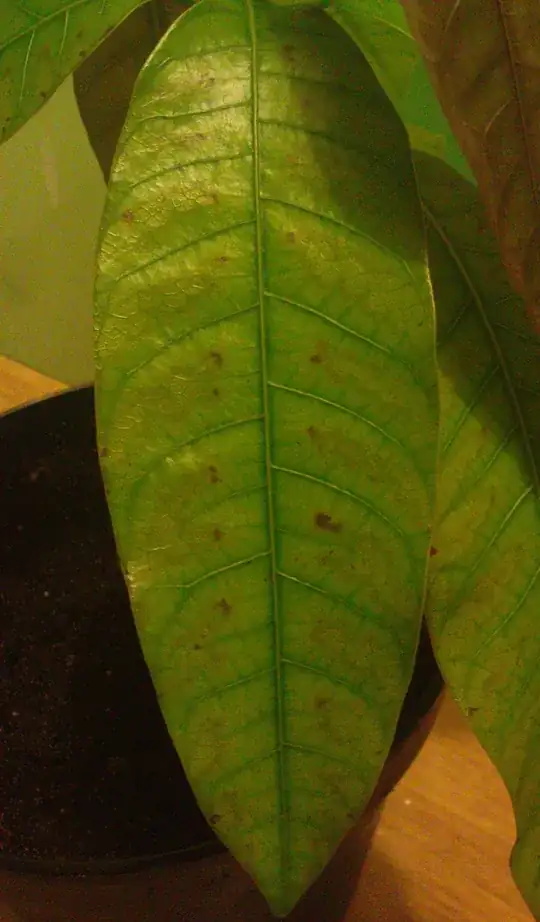First, as for your question about growth climate, the mango will thrive outside of tropical regions, so I wouldn't give up on it! This article from SFGate says:
You can grow a mango tree outdoors in U.S. Department of Agriculture Zones 8-10. In cooler climates, grow a mango indoors or in a greenhouse.
As the commenters have said, more information is needed about your specific plant, but it may have a common and serious fungal disease called Anthracnose. According to the above-mentioned article,
Dry brown spots on the leaves of a mango tree are an early indicator of the disease Anthracnose, caused by a fungus under the scientific name Colletotrichum Gleosporiodes. The spots may be brown or black when they first appear and have an angular shape to them.
Wet trees are most susceptible, and careful watering is important, as the fungus is spread when drops of water from an infected leaf splash onto a healthy part of the plant. If left unchecked, Anthracnose can spread to stems, branches, flowers and fruit, and may be fatal.
In it's article entitled "Mango Tree Diseases," Love to Know describes this as well as other common problems which affect mango trees in the United States.
Spraying with a copper-based fungicide is recommended in both articles, as is regular pruning of affected areas. (I'm not saying you should trim your leaf, as you don't know that it has this disease.) Mention is also made that spreading potash in the soil around the base of the plant in the winter can be helpful.
